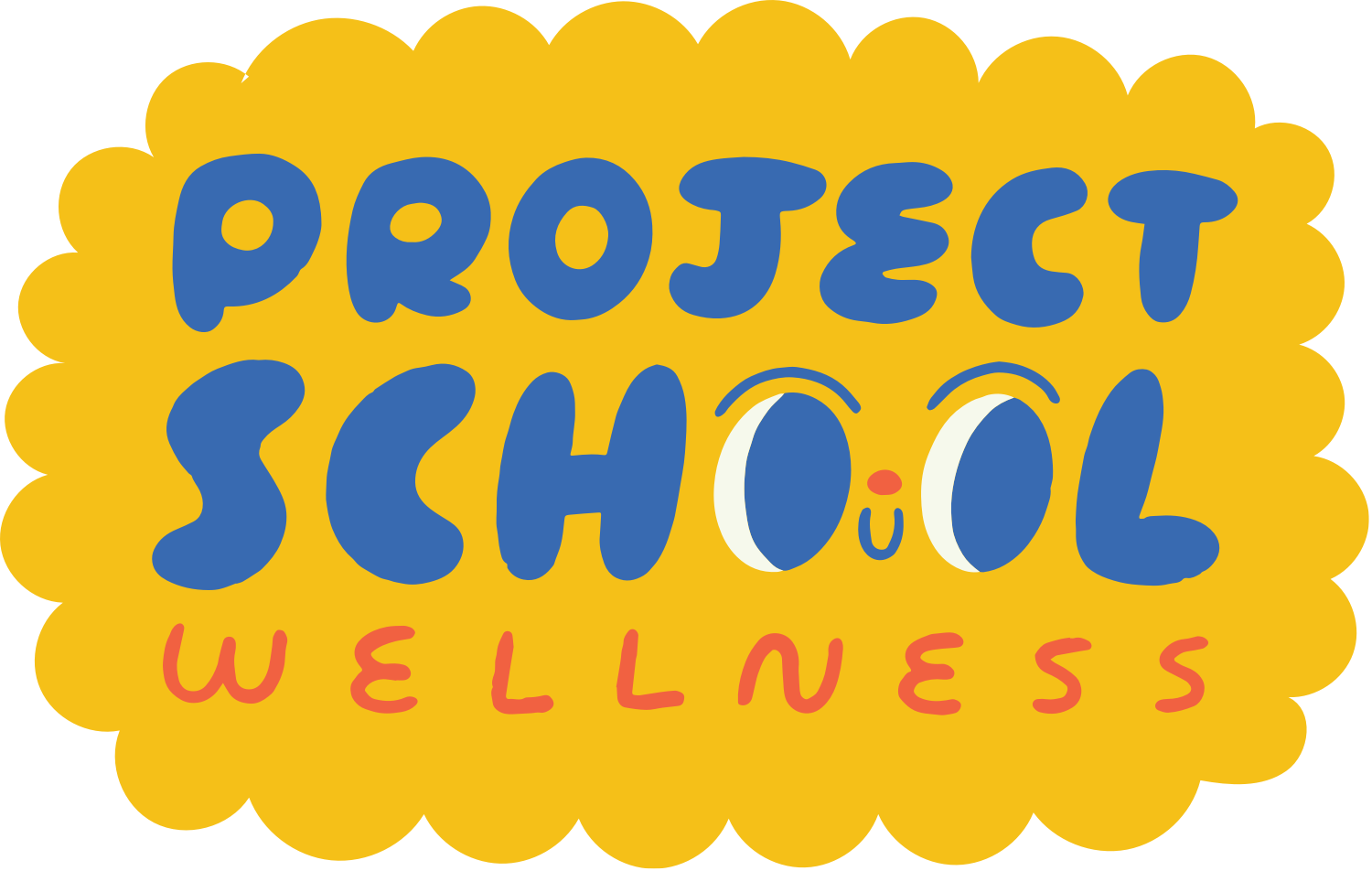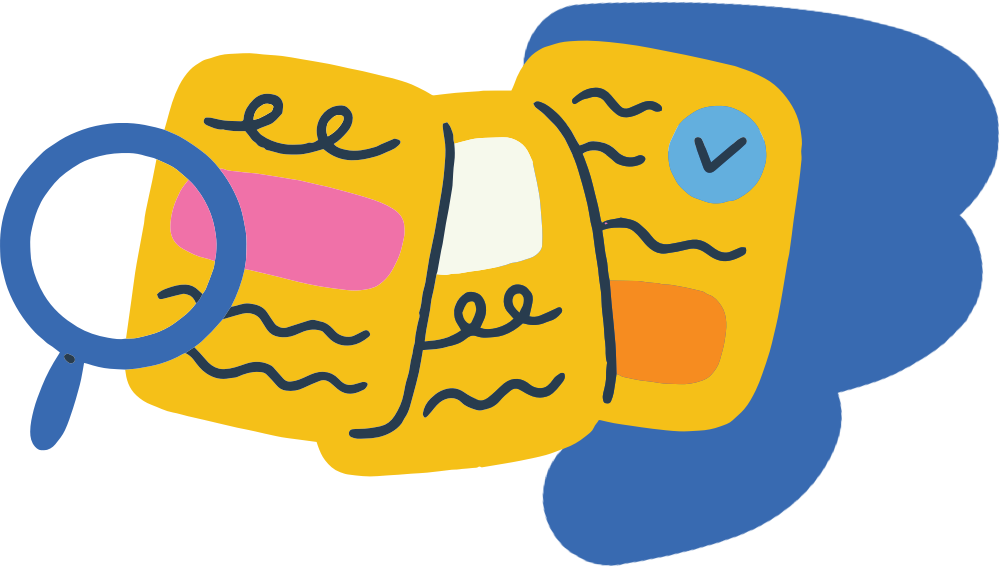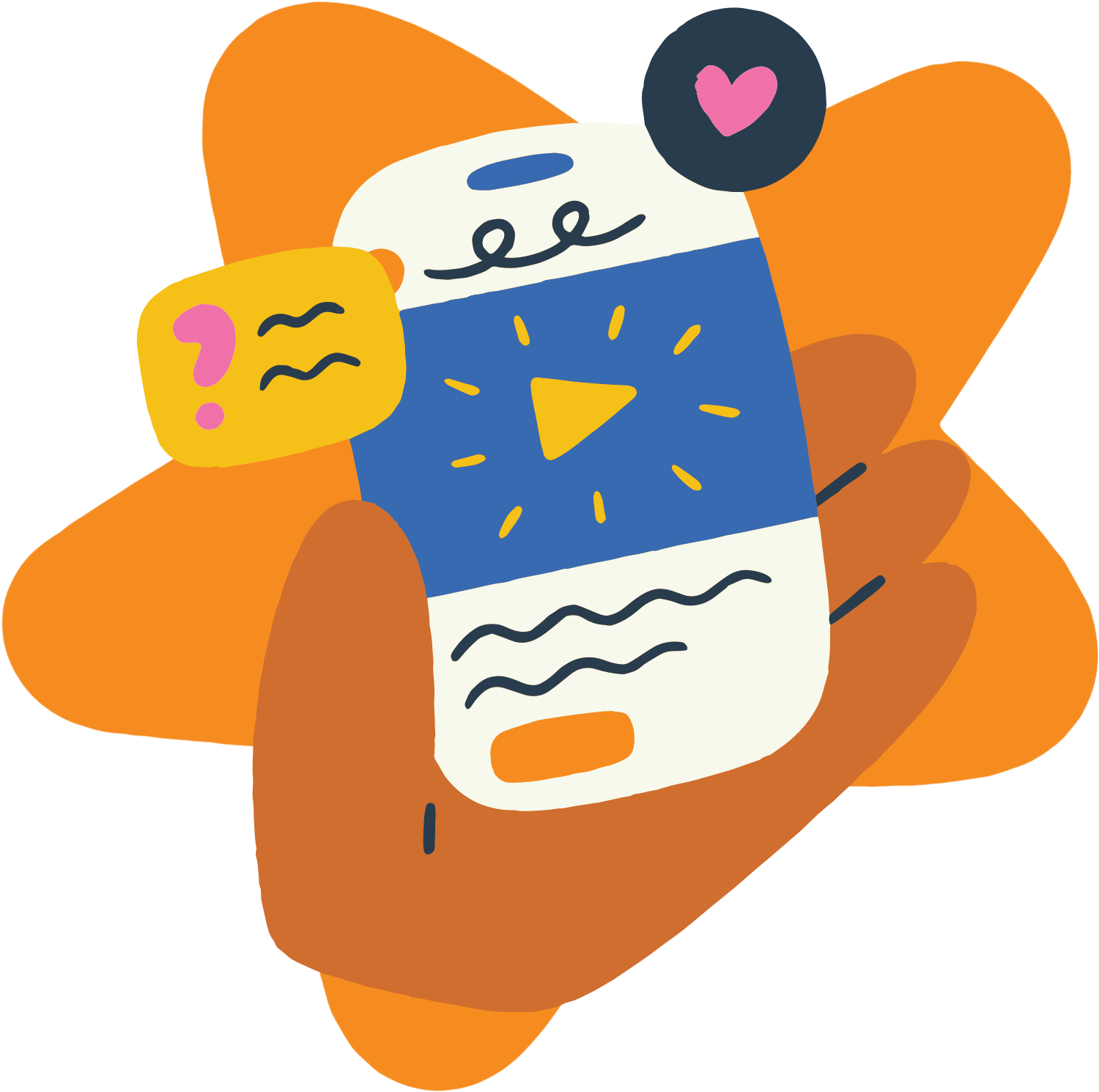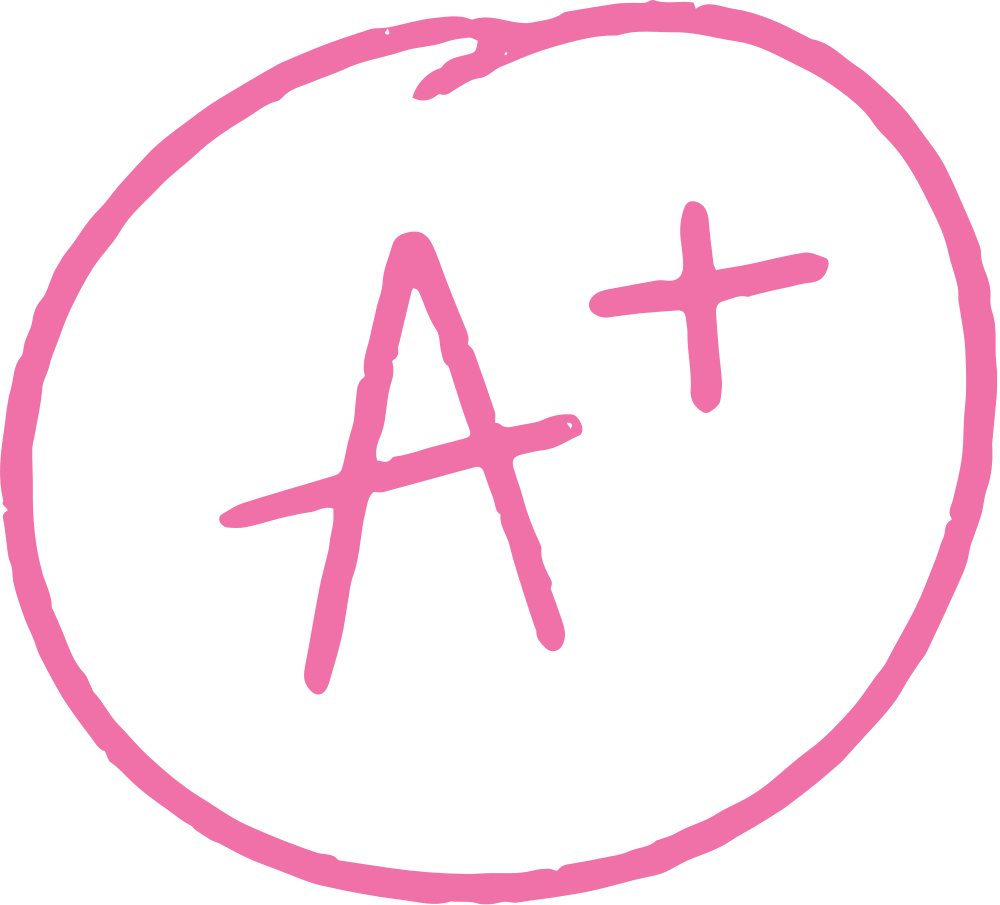
HOW TO TEACH THE SHAPE AMERICA STANDARDS & HEALTH SKILLS
Advocacy
Standard #8: Advocate to promote health and well-being of self and others.
Easy Health Teaching Ideas

Start Here
This is your teaching guide for the SHAPE America Standards and the health skill of advocacy (Standard #8). It breaks down the skill and introduces two signature Project School Wellness skill cues: ASK for advocating for yourself (Assess your needs, Speak up, Keep advocating) and VOICE for advocating for others (Validate the need, Organize your thoughts, Identify how you can help, Champion the cause, Evaluate the impact). Inside this guide, health teachers will find a definition of the skill, grade-level learning progression examples, and standards-based assessment ideas to support effective, skills-based instruction.
Table of Contents
An Introduction to the skill of advocacy
National Health Education Standard #8: Advocacy
Let’s Explore
What is the Health Skill of Advocacy?
As one of the eight essential health skills in the SHAPE America National Health Education Standards, advocacy is a core component of effective health education and critical to promoting health literacy. This health skill teaches students how to speak up for their own health needs and take action to support the well-being of others. It empowers students to identify health-related issues, use their voice to create change, and engage in meaningful efforts that promote individual and collective wellness across their schools, communities, and beyond.
Why It Matters?
Everyone deserves to be heard.
Advocacy teaches students how to speak up for themselves and others, making sure their needs, rights, and well-being are recognized and respected.
It builds agency and confidence.
When students learn how to assess a situation and take action, they become more empowered to create change in their own lives and in their communities.
Advocacy creates a healthier, more just world.
Whether it’s supporting a friend, influencing school policy, or raising awareness about a health issue, advocacy helps students become active participants in building healthier, more equitable environments.
The Skill Cues for Advocating for Self and Others
How to Be an Advocate
ASK: Advocate for Yourself
-

A - Assess Your Needs
Recognize what you need.
-

S - Speak Up
Communicate your needs clearly and confidently to the right person.
-

K - Keep Advocating
Stay determined and adapt your approach as needed.
VOICE: Advocate for Others
-

V - Validate the Need
Identify and acknowledge the issue you want to advocate for.
-

O - Organize Your Thoughts
Gather relevant information and plan what to say.
-

I - Identify What You Can Do
Make a plan for how you will advocate.
-

C - Champion Your Cause
Time to put your plan into action and become an advocate.
-

E - Evaluate the Impact
Follow up on your advocacy efforts and assess their effectiveness.
Health Skill Cues Videos
K-12 Learning Progression Examples for Health Teachers
Advocacy Teaching Ideas
-
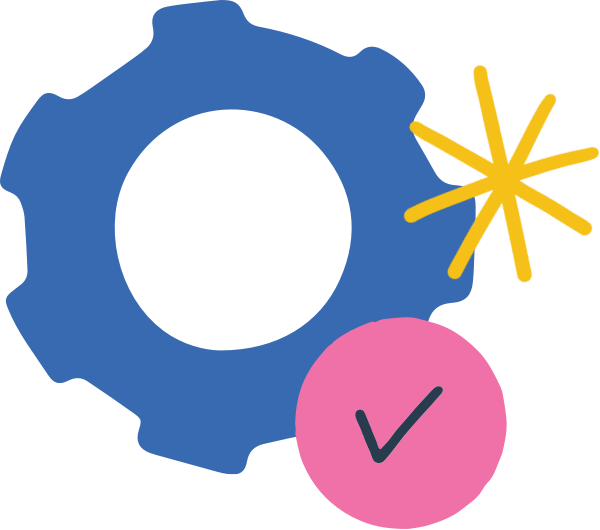
Learning Objectives
Standards-aligned learning objectives focused on building health skill proficiency and strengthening students’ health literacy through real-world application.
✅ Students can understand that advocacy means speaking up for themselves and others in kind, respectful ways.
✅ Students can identify situations when someone (including themselves) may need help or support.
✅ Students can practice using simple, respectful language to ask for what they need and to stand up for others.
-
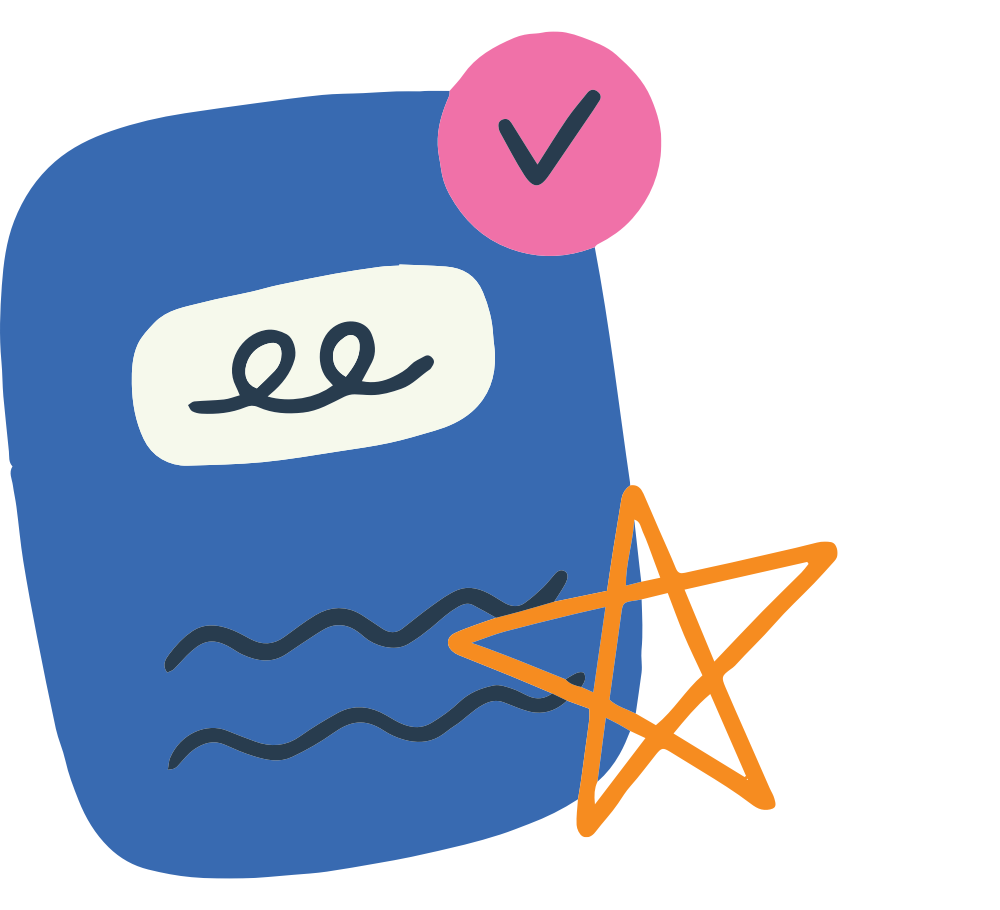
Teaching Activities
Hands-on, engaging teaching activities that give students opportunities to practice each health skill in realistic, relevant ways.
🔎 Who Needs Help? Picture Sort: Students look at images or simple scenarios (e.g., someone being left out, someone crying, someone falling) and decide if someone needs help and what kind of support could be offered.🔎 Ask for Help Role-Play: Practice using kind and clear language to ask for help from a teacher, friend, or family member.
🔎 Helping Hands Circle: In small groups, students share one way they’ve helped someone or been helped recently, building awareness of real-life advocacy moments.
-
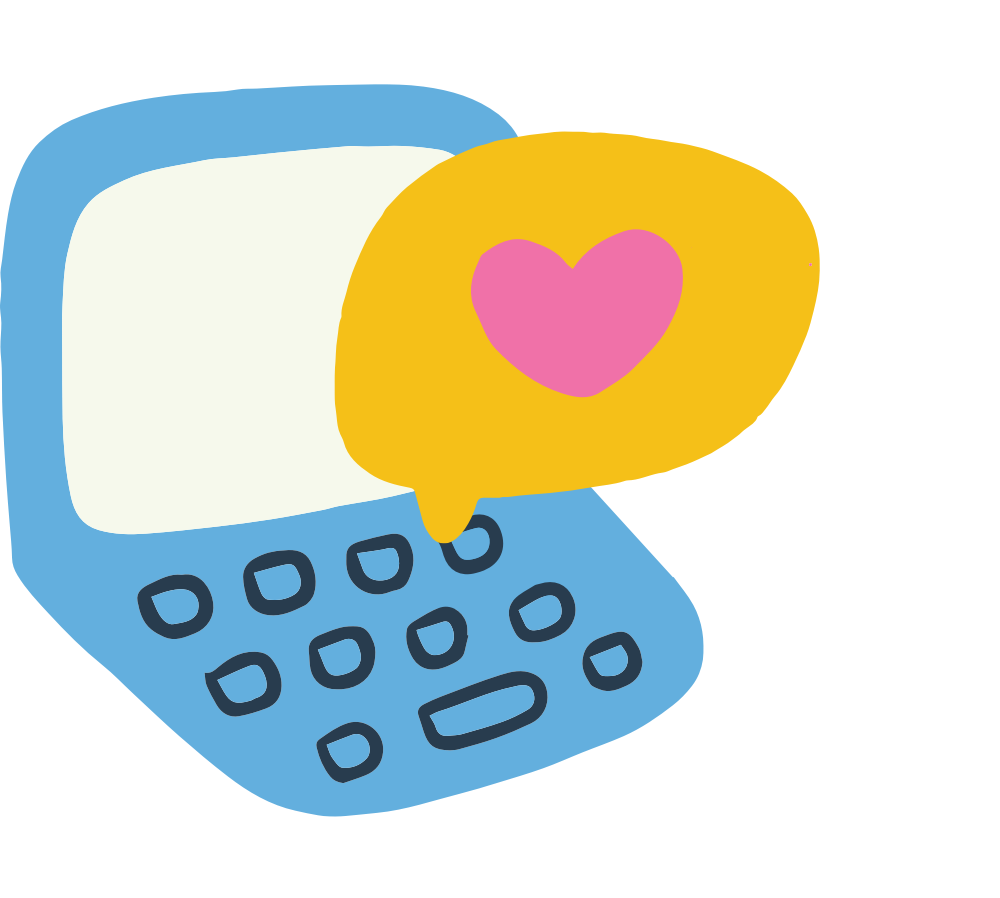
Assessment Ideas
• Standards-based assessment measures students' health literacy and their ability to apply the health skills in a real-life scenario, demonstrating both their understanding of the health skill and their capacity to use it to manage their health.
📚 Self-Advocacy Poster:
Students create a simple poster teaching their classmates how to ask for help or stand up for themselves in a respectful way. Posters should include:A common situation where someone might need to speak up (e.g., needing help, someone being unkind)
A sentence or phrase they could say
A drawing showing what self-advocacy looks like
These posters can be displayed in the classroom or hallway to reinforce the message school-wide.
-

Learning Objectives
Standards-aligned learning objectives focused on building health skill proficiency and strengthening students’ health literacy through real-world application.
✅ Students can define advocacy and explain why it matters in school, community, and personal health settings.
✅ Students can identify who advocates for them (e.g., trusted adults, friends) and how they can be advocates for others.
✅ Students can begin using the ASK (Assess, Speak up, Keep advocating) and VOICE (Validate, Organize, Identify, Champion, Evaluate) skill cues to understand and practice advocacy in different contexts.
-

Teaching Activities
Hands-on, engaging teaching activities that give students opportunities to practice each health skill in realistic, relevant ways.
🔎 ASK & VOICE Skill Cue Matching: Introduce both cues and have students match each step with examples or real-life applications.🔎 Advocate Spotlight: Students research or explore real-life examples of advocates (e.g., Greta Thunberg, Malala Yousafzai) and identify which skill cue steps they see in action.
🔎 Mini Advocacy Moments: Provide small, relatable scenarios (e.g., a broken vending machine, an unfair rule, a classmate being teased). Students use the ASK or VOICE cue to draft a short response or advocacy message.
🔎 Who Advocates for Me? Web: Students create a visual web of the people who advocate for their needs (teachers, parents, friends) and reflect on how that makes them feel.
-

Assessment Ideas
Standards-based assessment measures students' health literacy and their ability to apply the health skills in a real-life scenario, demonstrating both their understanding of the health skill and their capacity to use it to manage their health.
📚 School-Based Advocacy Campaign:
Students identify a school issue they care about (e.g., recess rules, bathroom passes, school spirit, healthier snacks) and design an advocacy campaign to encourage change.Use the ASK or VOICE skill cue to guide planning
Campaign elements may include posters, a video, a speech, a petition, or presentation to administration
Must clearly show understanding of the problem, proposed solution, and a respectful plan to take action
-

Learning Objectives
Standards-aligned learning objectives focused on building health skill proficiency and strengthening students’ health literacy through real-world application.
✅ Self-Advocacy Real Talk: Students brainstorm real situations in which they’ve needed (or wished they had) to advocate for themselves. Then they walk through the ASK cue to plan out how they could navigate that moment now.
✅ VOICE Planning Template: Students choose a topic that matters to them (school lunch quality, mental health days, community safety, etc.) and use the VOICE cue to begin mapping out an advocacy plan.
✅ Active Listening Lab: Students practice listening to others’ advocacy stories (classmates or curated videos) and reflect on the values, emotions, and needs being communicated, building empathy, and understanding.
✅ Advocacy Audit Walk: Students walk through the school (or scroll through media) and make note of advocacy in action, posters, announcements, student clubs, or social posts. They reflect on what messages are being shared and how effectively.
-

Teaching Activities
Hands-on, engaging teaching activities that give students opportunities to practice each health skill in realistic, relevant ways.
🔎 Character Analysis with IDEA: Choose a fictional character (from a novel, film, or show) and analyze a health-related situation they face. Use the IDEA skill cue (Identify, Discover, Explore, Apply) to uncover what the character knew, what they didn’t, and how having better functional knowledge could have changed their choices or outcomes.🔎 Functional Knowledge Scavenger Hunt: Send students on a “real life” scavenger hunt, either around the school, through media, or their own lives, to spot where functional health knowledge shows up. Have them document where it was used well, where it was missing, and what impact it had.
🔎 Scenario Deep Dive: Use complex, realistic scenarios (e.g., navigating nutrition misinformation, making a health care decision, supporting a friend in crisis) where students identify knowledge gaps, research trustworthy information, and decide how to apply what they’ve learned to the situation.
-

Assessment Ideas
Standards-based assessment measures students' health literacy and their ability to apply the health skills in a real-life scenario, demonstrating both their understanding of the health skill and their capacity to use it to manage their health.
📚 VOICE Project – Advocacy for a Community Issue:
Students select a meaningful local or global issue (e.g., mental health access, racial equity, climate change, community safety) and use the VOICE skill cue to design a full advocacy project.Must include a clear message, identified audience, action plan, and method of evaluating impact
Students may present their project as a campaign plan, speech, video pitch, social media strategy, or outreach proposal
This project encourages students to use their voice and apply advocacy in real-world, values-driven ways.
Teach the Shape America Health Standards
Health Skills
Teaching Toolkit
The Project School Wellness Health Skills Toolkit is your all-inclusive resource for teaching the health skills outlined in the SHAPE America National Health Education Standards. With done-for-you lesson plans featuring signature health skill cues, health teachers can confidently teach each health skill. Every lesson includes a flexible one-page worksheet that can be taught with any health topic, making it easy to reinforce and apply health skills across your entire health curriculum. Simple, effective, and ready to use, this toolkit makes skills-based health education easier than ever.
Health Skills Lesson Plans
Analyzing Influences Lesson Plans
-
Health Skills Toolkit
Advocacy Mini Unit
Self-Advocacy (ASK)
Buy | Free Access to Members
Advocating for Others
Buy | Free Access to Members
Summative Project: Health Equity
Coming Soon!
Mental Health Advocacy
What is Advocacy?
How to Advocate
Advocating for Your Health
ATOD Peer Advocacy Project
explore free content
Youtube
Quick, easy-to-follow videos for health class that teach students the eight essential health skills and how to use Project School Wellness’s skill cues. Perfect for health teachers and students to build health literacy as they explore the health skill definitions, practical skill practices, and real-life applications.

Curated Health Skills Teaching Resources
Advocacy Teaching Resources
-
Health Skills Toolkit
Advocacy Mini Unit
Self-Advocacy (ASK)
Buy | Free Access to Members
Advocating for Others
Buy | Free Access to Members
Summative Project: Health Equity
Coming Soon!
Mental Health Advocacy
What is Advocacy?
How to Advocate
Advocating for Your Health
ATOD Peer Advocacy Project
-
Lesson Planning for Skills-Based Health Education (Secondary) by Sarah Benes and Holly Alperin
Lesson Planning for Skills-Based Elementary Health Education by Holly Alperin and Sarah Benes
*These are affiliate links. Commissions may be earned at no extra cost to you :)
-
Coming Soon!
-
Coming Soon!
Meet Project School Wellness
Your Go-To Partner in Health Education!
At Project School Wellness, we are dedicated to making health education simple, effective, and life-changing.
As your one-stop health education hub, we offer ready-to-use health curriculum and resources for health teachers, expert guidance for parents navigating tough topics, and trusted insights for students building lifelong health skills. Whether in the health classroom, at home, or learning on your own, we’re here to help students build the knowledge, skills, and confidence needed to live their healthiest, happiest lives.
